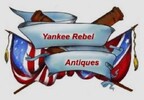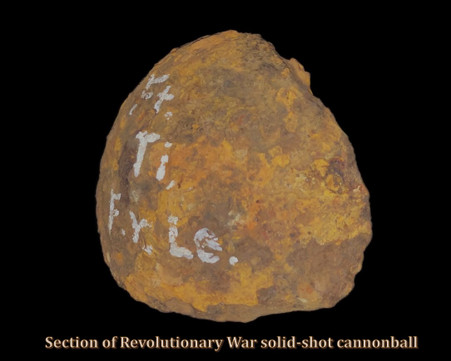 Loading... Please wait...
Loading... Please wait...-
Call us on (973) 810-2976
- My Account
- Gift Certificates
- Items / $0.00
All prices are in All prices are in USD
Categories
- Home
- Artillery related items
- RARE – large section of a French & Indian War "solid-shot" cannonball, recovered at Ft. Ticonderoga
- Home
- NEW ITEMS
- RARE – large section of a French & Indian War "solid-shot" cannonball, recovered at Ft. Ticonderoga
- Home
- Identified Artifacts
- RARE – large section of a French & Indian War "solid-shot" cannonball, recovered at Ft. Ticonderoga
- Home
- Excavated Artifacts
- RARE – large section of a French & Indian War "solid-shot" cannonball, recovered at Ft. Ticonderoga
- Home
- Late 18th Century / Early 19th Century
- RARE – large section of a French & Indian War "solid-shot" cannonball, recovered at Ft. Ticonderoga
- Home
- Revolutionary War items
- RARE – large section of a French & Indian War "solid-shot" cannonball, recovered at Ft. Ticonderoga
- Home
- REVOLUTIONARY WAR ARTILLERY
- RARE – large section of a French & Indian War "solid-shot" cannonball, recovered at Ft. Ticonderoga
RARE – large section of a French & Indian War "solid-shot" cannonball, recovered at Ft. Ticonderoga
Product Description
This is another piece coming out of a 60-year collection of French & Indian War/Revolutionary War artillery. Being offered is about a quarter section of a French & Indian War 9-pounder solid-shot cannonball (probably French or British). It measures 4 ” x 4” and weighing 2-pound, 14-ounces. It is very rare for a solid-shot cannonball to break (much rarer than a complete ball).
It was found at the French trenches in front of Fort Ticonderoga. At the time of the French & Indian War, it was known as Fort Carillon, but during the Revolutionary War it was called Fort Ticonderoga.
The Battle of Carillon was fought on July 8, 1758, during the French and Indian War. It was fought near the shore of Lake Champlain in the frontier area between the British colony of New York and the French colony of New France.
In the battle, which took place primarily on a rise about three-quarters of a mile from the fort itself, a French army of about 3,600 men under General Marquis de Montcalm and the Chevalier de Levis defeated a numerically superior force of British troops under General James Abercrombie, which frontally assaulted the entrenched French position.
That left the British and their allies vulnerable and allowed the French to win a complete victory. The battle was the bloodiest of the American theater of the war, with over 3,000 casualties suffered. French losses were about 400, while more than 2,000 were British.
The fort, abandoned by its garrison, was captured by the British the following year, and it has been known as Fort Ticonderoga ever since. This battle gave the fort a reputation for impregnability that had an effect on future military operations in the area. There were several large-scale military movements through the area in both the French and Indian War, as well as the Revolutionary War with the American Capture of Fort Ticonderoga and the British siege of the fort two years later.
This is one of the pieces that was in a box of dug relics from the fort 50+ years ago. Whatever the digger found, he put them in the box and left them just as he found them, without cleaning or coating them. Usually, I will clean, and varnish dug relics, but being the digger left them as is, so did I (could easily be cleaned if desired).
This is the first time this large fragment has been on the open market, and it is truly a great piece of early American History. It was the only section of a solid-shot cannonball in this large collection. It would have taken an enormous amount of impact to break it. An image of a complete 9-pdr. ball is shown (see pictures). As with all the pieces in this esteemed collection, a Certificate of Authenticity will be included.



